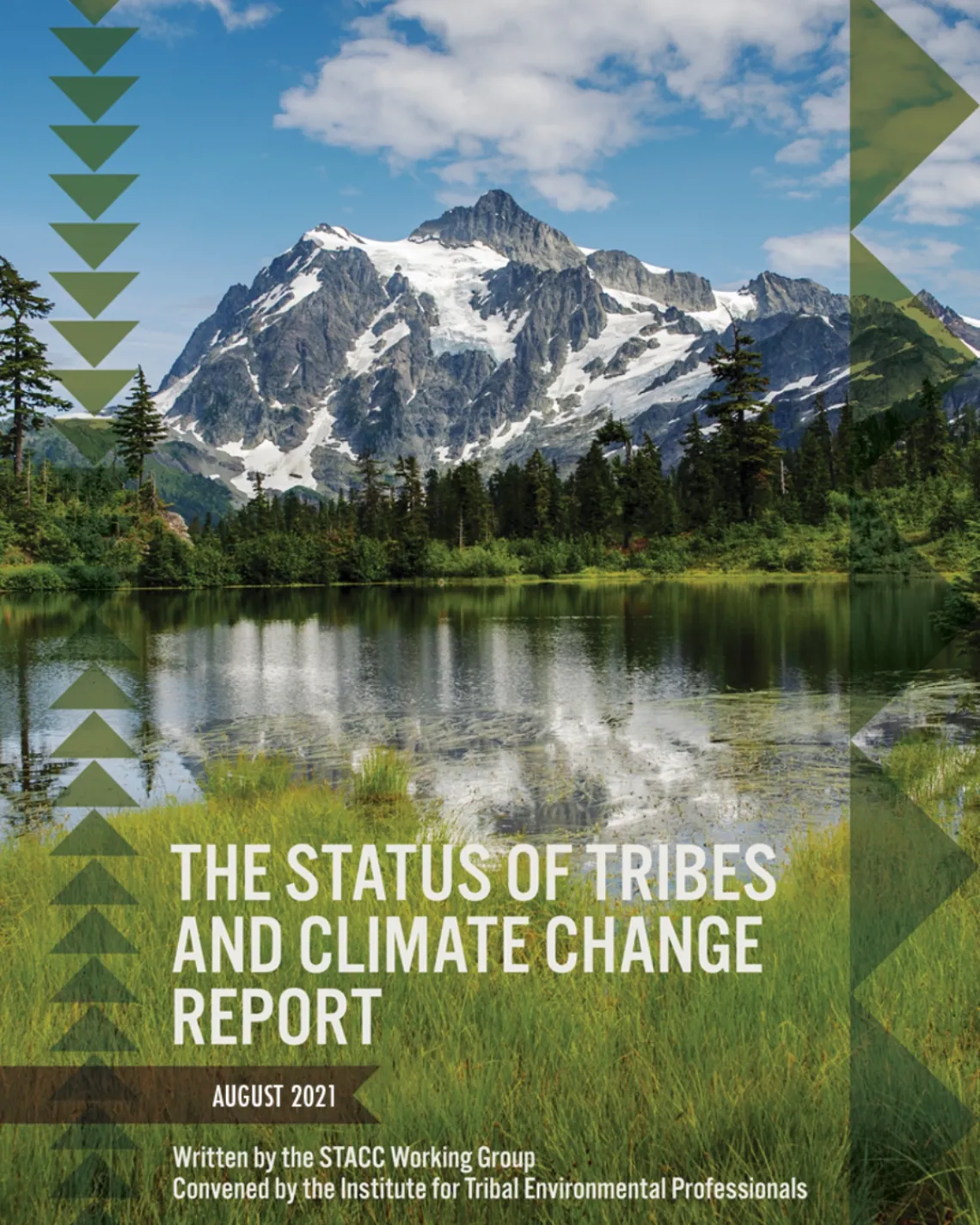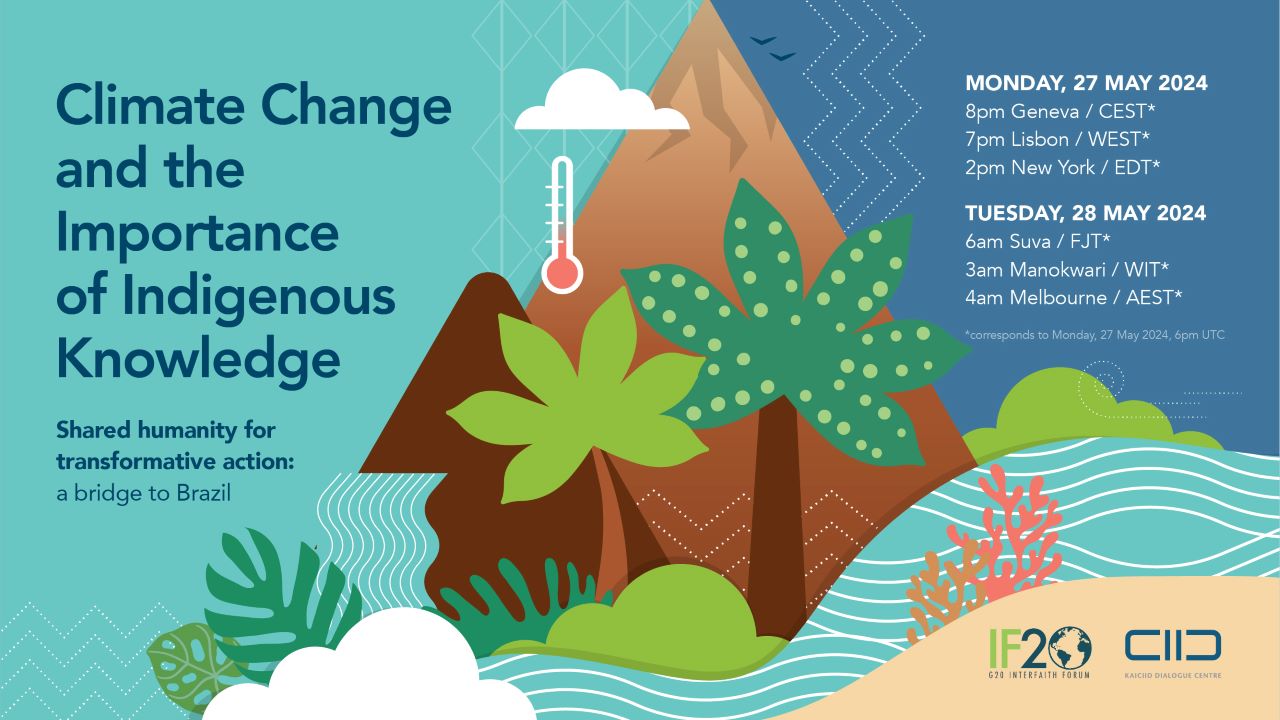
Indigenous Resilience: Native American Tribes Pioneer Climate Adaptation with Ancestral Wisdom
In the global discourse on climate change, the voices and experiences of Indigenous peoples often remain on the periphery, despite their disproportionate vulnerability and their profound, millennia-old understanding of environmental stewardship. Native American tribes across the United States are not merely passive victims of a warming planet; they are at the forefront of climate adaptation, leveraging traditional ecological knowledge (TEK) to devise innovative and culturally resonant solutions to environmental change. Their strategies offer a compelling blueprint for resilience, emphasizing holistic relationships with the land, water, and all living beings.
Indigenous communities, though comprising less than 5% of the world’s population, protect an estimated 80% of global biodiversity. This staggering statistic underscores their intimate connection to and unparalleled knowledge of the natural world. However, this deep reliance on specific ecosystems also makes them acutely susceptible to climate impacts. Rising sea levels threaten coastal tribes, increased wildfires devastate forest-dwelling nations, prolonged droughts imperil agricultural practices in the Southwest, and melting permafrost destabilizes infrastructure in Alaska. For these communities, climate change is not a distant threat but an immediate, existential crisis eroding their lands, cultures, and ways of life.
The historical context of colonization, forced displacement, and resource exploitation has exacerbated these vulnerabilities. Stripped of ancestral lands, denied self-governance, and subjected to policies that disrupted traditional land management practices, many tribes now face climate challenges with limited resources and fractured ecosystems. Yet, it is within this crucible of adversity that their resilience shines brightest.
The Power of Traditional Ecological Knowledge (TEK)
At the heart of Indigenous climate adaptation lies Traditional Ecological Knowledge (TEK)—a cumulative body of knowledge, practice, and belief, evolving by adaptive processes and handed down through generations by cultural transmission. TEK is not static; it is dynamic, empirical, and deeply spiritual, encompassing detailed observations of local ecosystems, weather patterns, plant and animal behavior, and the intricate interdependencies that sustain life.

"Our ancestors have been observing these lands for thousands of years, living in harmony with the cycles of nature," explains Dr. Karletta Chief, an environmental hydrologist and member of the Navajo Nation. "That knowledge, passed down through stories, ceremonies, and hands-on teaching, is our greatest asset in understanding and responding to climate change today. It’s about respecting the land as a relative, not just a resource."
TEK provides a vital counterpoint and complement to Western scientific approaches. While Western science often focuses on reductionist analysis, TEK offers a holistic, place-based perspective that integrates social, spiritual, and ecological dimensions. This integrated approach is critical for developing sustainable adaptation strategies that address not only the physical impacts of climate change but also the cultural and spiritual well-being of communities.
Adapting to Water Scarcity and Abundance
Water is life, and for many Native American tribes, access to clean, abundant water is a foundational issue. In the arid Southwest, tribes like the Navajo and Hopi have perfected dryland farming techniques over millennia, relying on deep-rooted native crops, water harvesting, and intimate knowledge of microclimates. As droughts intensify due to climate change, these ancient practices are being revitalized and integrated with modern technologies.
The Hopi, for example, continue to cultivate their distinctive corn varieties without irrigation, a testament to generations of seed selection and understanding of soil moisture. Their methods involve planting multiple seeds in deep holes to protect them from wind and allow roots to reach residual moisture. This sophisticated system is now being studied by Western agricultural scientists looking for climate-resilient farming solutions.
Conversely, coastal tribes face the opposite problem: too much water. The Quinault Indian Nation in Washington State, whose culture revolves around salmon, is experiencing significant impacts from sea-level rise, ocean acidification, and changes in salmon migration patterns. Their adaptation strategies include relocating critical infrastructure to higher ground, restoring estuary habitats to buffer against storm surges, and working to protect their treaty-guaranteed fishing rights amidst declining fish stocks.
Further south, the Biloxi-Chitimacha-Choctaw and Houma tribes of coastal Louisiana are experiencing some of the most dramatic land loss in the world due to rising seas and subsidence. The community of Isle de Jean Charles, once a vibrant tribal community, has become a stark symbol of climate displacement, with its residents being the first "climate refugees" in the U.S. to receive federal funding for relocation. Their efforts to move and rebuild are guided by a deep commitment to preserving their cultural identity and connection to the land, even as the physical landscape changes irrevocably.
Food Sovereignty and Resilient Ecosystems
Food sovereignty – the right of peoples to healthy and culturally appropriate food produced through ecologically sound and sustainable methods – is another critical pillar of Indigenous climate adaptation. Many tribes are revitalizing traditional food systems that are inherently more resilient to climate variability than industrial agriculture. This includes planting heirloom seeds, restoring native plant species, and reintroducing culturally significant animals like bison.

The Blackfeet Nation in Montana, for instance, has embarked on a multi-generational effort to restore bison to their ancestral lands. Bison are keystone species that promote grassland health, enhance biodiversity, and offer a sustainable food source. This initiative not only addresses food security but also reconnects the community with their cultural heritage and promotes ecological restoration.
In California, tribes like the Karuk and Yurok are reasserting their traditional fire management practices, known as cultural burning. For millennia, Indigenous peoples used controlled burns to clear underbrush, promote healthy forests, and enhance biodiversity, preventing the catastrophic mega-fires seen today. As climate change fuels more intense and frequent wildfires, these traditional practices are gaining recognition as essential tools for forest resilience. The Karuk Tribe’s Department of Natural Resources is actively integrating cultural burning into modern forest management plans, demonstrating how TEK can inform and improve contemporary environmental strategies.
Challenges and the Path Forward
Despite their innovative approaches, Native American tribes face significant barriers to effective climate adaptation. Chronic underfunding from federal and state governments is a pervasive issue. While some federal programs, such as those through the Bureau of Indian Affairs (BIA) and Environmental Protection Agency (EPA), offer grants, these are often insufficient to meet the scale of the challenges, and tribes frequently encounter bureaucratic hurdles.
Furthermore, the integration of TEK into federal policy and scientific research remains an ongoing struggle. Many federal agencies are only beginning to recognize the value of Indigenous knowledge, and there is a critical need for genuine, respectful partnerships that prioritize tribal self-determination and data sovereignty.
"We need more than just a seat at the table; we need to be leading the table when it comes to decisions about our lands and our future," asserts Fawn Sharp, President of the National Congress of American Indians (NCAI) and former President of the Quinault Indian Nation. "Our solutions are not just for us; they are solutions for the world. But they must be driven by our people, our values, and our sovereignty."
The path forward demands increased and sustained federal funding, streamlined access to resources, and robust policy frameworks that explicitly recognize and support Indigenous-led adaptation initiatives. It also requires a fundamental shift in how society views and values Indigenous knowledge—moving from mere consultation to genuine co-production of knowledge and shared governance.
Native American tribes are not just adapting to climate change; they are demonstrating a profound and enduring commitment to environmental stewardship, rooted in a deep understanding of interconnectedness. Their resilience, born from generations of observation, adaptation, and cultural continuity, offers invaluable lessons for a world grappling with unprecedented environmental disruption. By honoring their wisdom and supporting their self-determination, we can empower these Indigenous guardians to lead the way towards a more sustainable and equitable future for all. The solutions to environmental change, it turns out, have been here all along, woven into the fabric of Indigenous cultures and knowledge systems.


